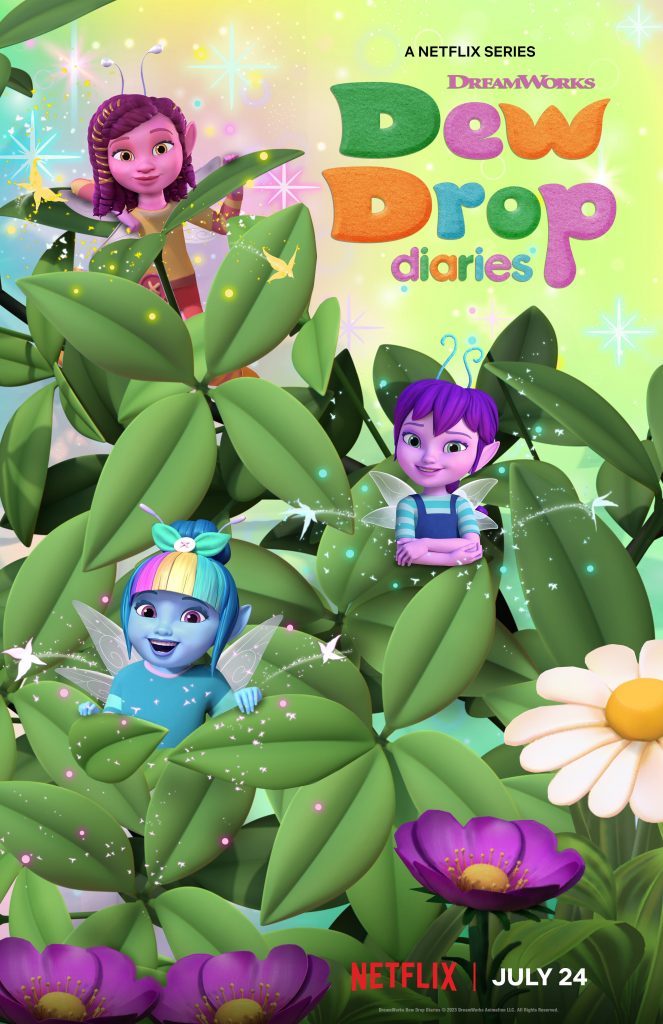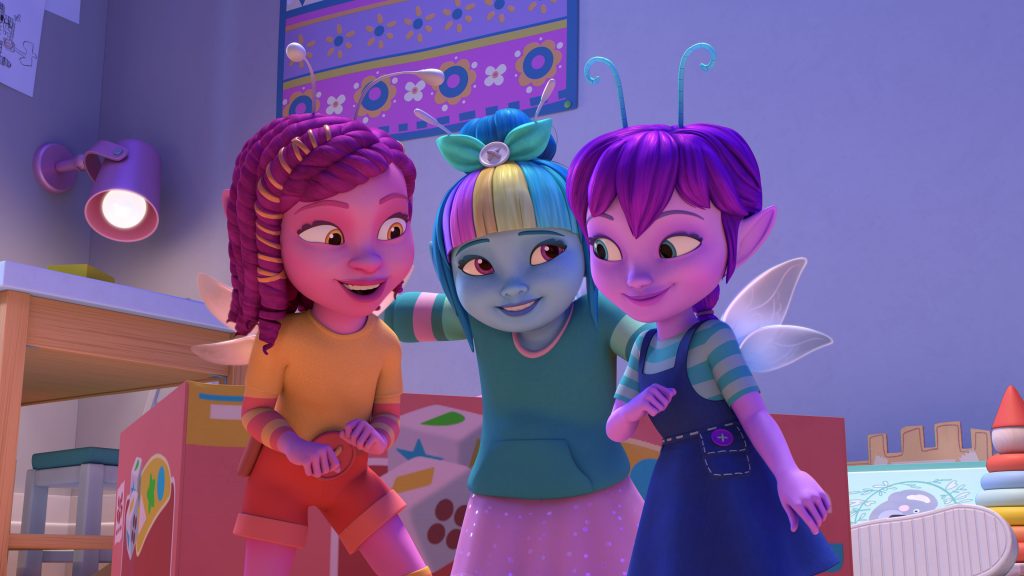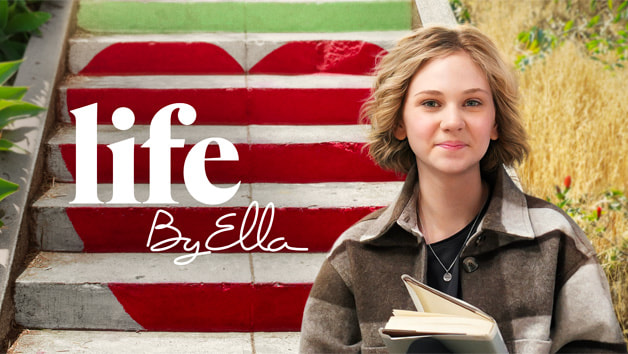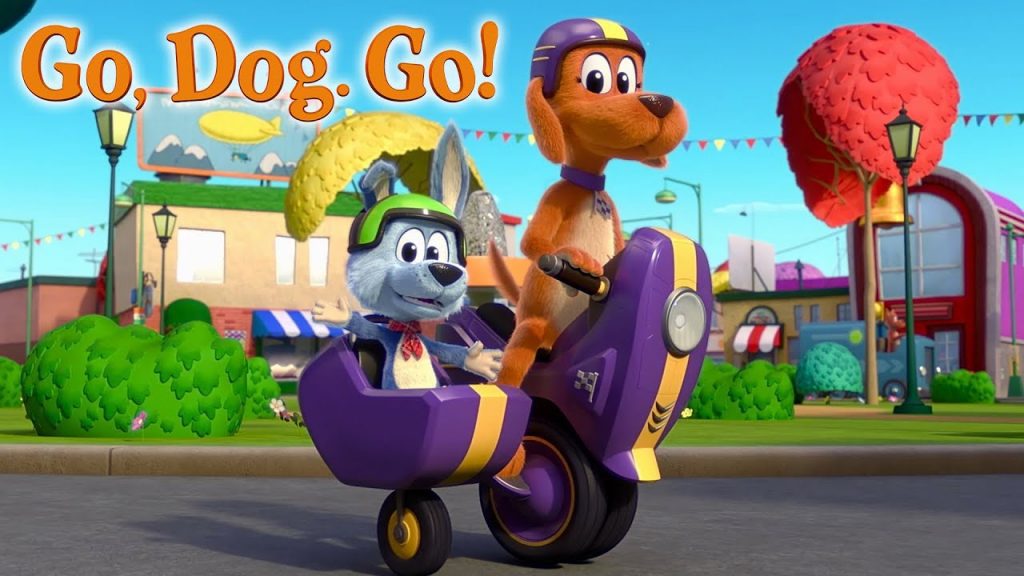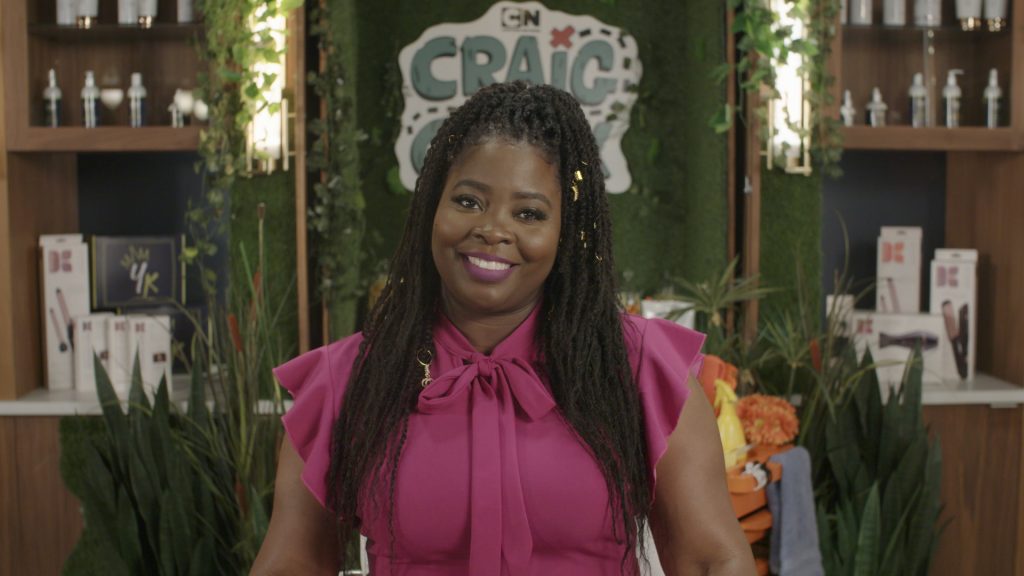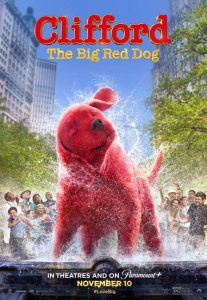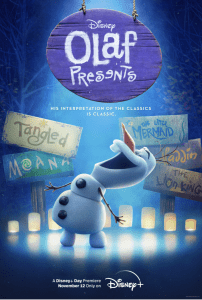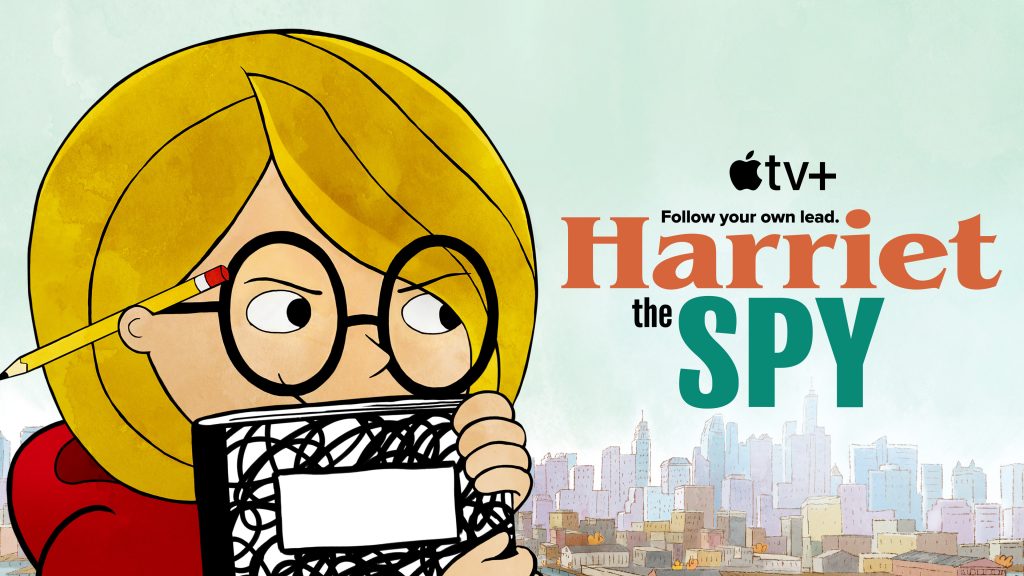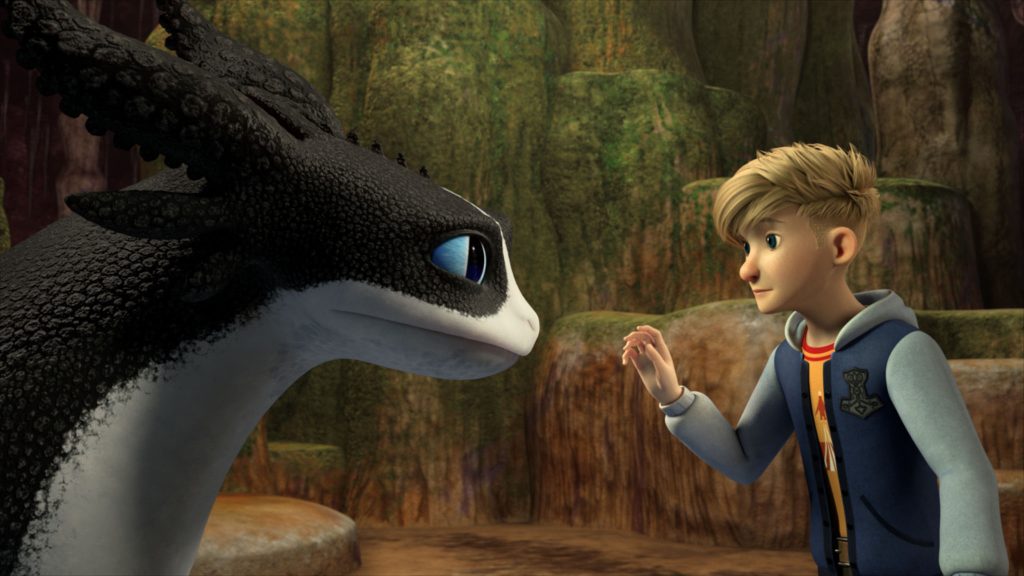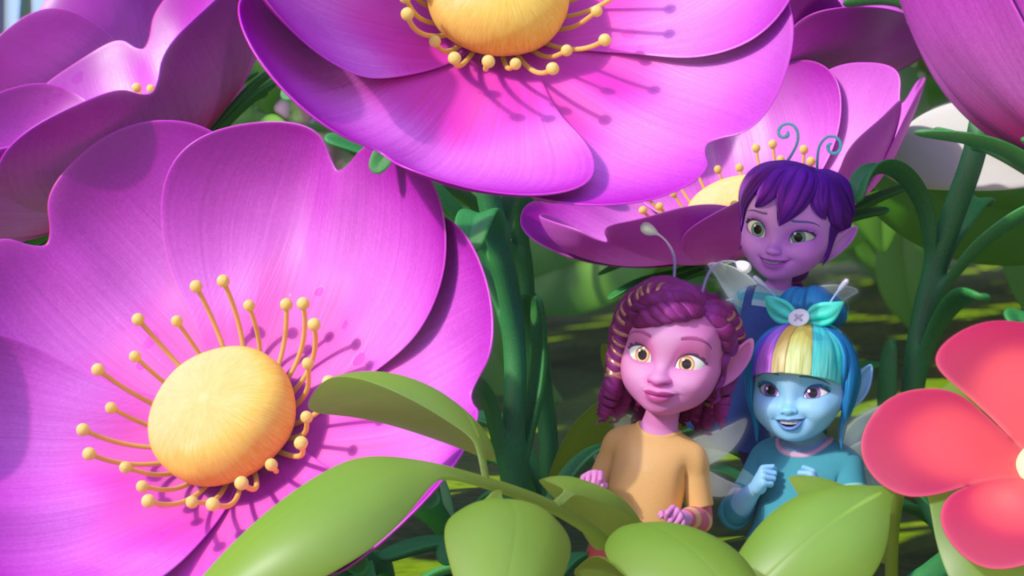
Fairy lovers, rejoice! DreamWorks, the beloved animation company behind the hit franchises “Shrek” and “Kung Fu Panda,” has a new series on Netflix for preschoolers and their families.
“Dew Drop Diaries” is created and executive produced by Rick Suvalle, who previously developed and produced the “Thomas & Friends: All Engines Go” series and also wrote for several other animated series including DreamWorks’ “Doug Unplugs” and Disney “Jr.’s T.O.T.S.” Aliki Theofilopoulos, who also serves as executive producer, is known for her work with “Doug Unplugs,” Netflix’s “Harvey Girls Forever” and Disney’s “Descendants: Wicked World” and “Phineas and Ferb.”
Suvalle says the series is inspired by his two daughters. Both have Type 1 diabetes, but were taught that they could still accomplish anything they wanted to. “Dew Drop Diaries” follows a trio of “Dew Drop” fairies-in-training, Eden (Scarlett Estevez), Phoebe (Sydney Mikayla) and Athena (ViviAnn Yee) as they work to earn their wings by helping out the human families they’ve been assigned to, including helping a family prepare for their kids’ first sleepover or making sure their kids have the right shoes for soccer practice.
The series also features voice acting by Brec Bassinger, who played the titular character in CW’s “Stargirl,” and Dee Bradley Baker, who is known for his roles of Squilliam Fancyson in Nickelodeon’s “Spongebob Squarepants” and Perry the Platypus in Disney’s “Phineas and Ferb.”
Season one consists of 28 episodes where the fairy trio is presented with a different scenario in each episode and must use their problem-solving skills for any issue that arises. The fairies also have their own individual “fairy-bility” that they can use when the situation calls for it.
Through “Dew Drop Diaries,” Suvalle and Theofilopoulos hope to teach their preschool audience to look at the positives of their day or a situation, even when things don’t go as intended. To accomplish this, they introduce the idea of gratitude journals, which are used by each of the fairies to commemorate something they’re thankful or grateful for based on events occurring earlier in the episode.
We chatted with Suvalle and Theofilopoulos about the inspirations for the fairy trio, what brought about the series’ gratitude journals and more.
Where did you get your inspiration when writing the characters of Eden, Athena and Phoebe and figuring out their “fairy-bilities”/designs?
Suvalle: I’ll leave the design and physicality part to Aliki, but as for the characters’ inspiration, I’ve got two very different daughters, so I wanted to make sure each Dew Drop felt different and unique and that extended to our characters’ “fairy-bilities.” We wanted each Dew Drop’s magical power to be tied to their personalities and their environment, while also being something that would benefit someone that tiny. So, with Eden living in a house filled with pets, it made sense for her to be able to speak to animals. And with Athena having three rambunctious kids to look after, giving her super strength would definitely come in handy. Phoebe lives with a daily of musicians and inventors, so we made her a DIY crafter who has a magical melody that can brighten your mood. And while each power can help the individual Dew Drops, it’s really when they come together as a team that the real magic happens.
Theofilopoulos: Design-wise, it was really about designing them in a way that reflects who they are, being that they have such wonderful and distinct personalities. There was a lot of great development artwork that had been created before I came onto the show, so for me, it was about honing in even more on their personalities and a design style that was reflective of the type of animation we were hoping to achieve. The goal was to have designs that could bring as much life, appeal (and) snappiness, —with a blend of realism with fantasy — as possible. We also knew that we wanted to make sure we kept representation in mind when developing our main fairy friends.
Why did you decide to make the main trio fairies?
Suvalle: Believe it or not, when I first pitched the show, they weren’t actually fairies. They were just these tiny characters who secretly helped the human kids they lived with. But during the development process, we started to discuss the possibility of making them fairies. I was initially reluctant because to me, these tiny characters were a metaphor for being little kids and being resourceful and creative in their problem solving. And I felt that if you gave them magic and flight, it would take all that childlike ingenuity away. But after some thinking, I said, “What if we make them fairies-in-training? They have wings, but they can’t fly yet, and we’ll give them one magical power each.” That way, they would still have to use a kid-like resourcefulness to solve their problems. DreamWorks loved the idea, and we were off and running.
Theofilopoulos: And it really was just such a brilliant choice, as we had a lot of fun telling stories with these little characters in situations that seemed impossible to solve for beings so small. Since they can only flutter [and] not fly, they have to use their ideas and each other to find solutions. However, we still get to have the fun of seeing them use their magical “fairy-bilities” which is something special for kids to see!
Where did the name “Dew Drops” come from?
Suvalle: We went through a lot of potential names before we landed on “Dew Drops,” but what we all liked about the name was that it symbolized something small and from nature, and those are both things that people typically associate with when they think of fairies. So, it felt like a good fit.
Theofilopoulos: Title-wise, I love that the word “Diaries” was added, as I think what makes our fairies or “Dew Drops” so extra special is that they all have their own unique practice of how they express gratitude with their “diary moment.” So we have this unique name for our fairies, but also a unique show attribute that really makes it stand out.
How did the idea for gratitude journals come about?
Suvalle: After we locked in the title “Dew Drop Diaries,” we knew we wanted to showcase a “diary moment” in each episode, and we quickly decided that gratitude would be a nice way to thematically tie these moments together. It felt like a natural fit because the show is about helping kids, and being thankful for that help really felt organic. And building on that, the Dew Drops themselves would also be grateful for the help they got from their fellow Dew Drops, whether it was help recovering a lost toy or helping lift each other’s spirits in a difficult moment. But there was an initial concern that “journaling” wouldn’t resonate with our young audience because they’re just barely starting their reading and writing journeys. Then I remembered that my own daughter would sketch and draw when she was stressed out, and I thought maybe there’s a way other than writing to show and commemorate our characters’ gratitude. So, one of our characters draws what she’s grateful for while another puts a memento from the day’s adventure in a memory box, and Eden, who likes to bake, turns her gratitude into a recipe: “And a funnel of friendship saved that day.”
Theofilopoulos: It’s great that our episodes really do stand alone as these wonderful stories, with take-aways baked right in, but by having a moment at the end to reflect and acknowledge something that our characters are grateful for really adds this special layer and depth to our show. We get to not only help a child hone in on our episode’s important take away, but also hopefully inspire them to express gratitude in their own lives [and] in their own way.
How have your experiences as parents influenced your approach to this series?
Suvalle: I think being a parent is a huge asset when you’re writing preschool television. You have this built-in Geiger counter as to what will resonate with little kids or what will be too scary for them. I work with a lot of younger writers who don’t have kids yet, and they bring in some amazing story ideas, but by being a parent, I’m able to help guide those stories into a place where the themes will connect with our youngest viewers. Beyond that, a lot of the individual story beats and funny moments, and even some stories themselves, come from experiences my own kids encountered or how they reacted to a given situation.
Theofilopoulos: I think what Rick said is so 100% spot on. I’ll add that even on the visual side, there are so many expressions, mannerisms, body language, even outfits that are direct inspiration from one of my kids! When talking about story ideas, we often end up sharing some sort of anecdote about one of our kids, whether it be from when they are very small to just this week, and it ends up in the episode. Being a parent has totally enriched my storytelling in every way, and it certainly did for this series.
Which of the fairies resonate with you the most and why?
Suvalle: This is like asking me to choose my favorite child! But seriously, I really do love all of our Dew Drops equally. That said, I’m definitely most like Phoebe, who is the most cautious and level-headed of our trio. But I aspire to have the optimism of Eden and the zest for life of Athena.
Theofilopoulos: Oh my, this is a tough one! I’d have to say Athena. I love dancing and being silly, yet athletic and tough, but I also like rainbow hair, knee socks and tulle! I love a girl that can rock opposite ends of what the world might say it means to be a girl, and then just completely own it. But I do love Eden’s empathetic nature and identify with Phoebe’s tendency to overthink.
What is a favorite memory you have from working on the show? Do you have any favorite episodes?
Suvalle: One of my favorite memories is also one of my most embarrassing moments on the show. Aliki was going to do the voice of a cat on one of our episodes, and I was listening back to her test track, and I was like, “This…isn’t good.” So I had to call her up and have this awkward conversation where I had to tell her I wanted to recast the role. Aliki handled it like a total pro, but then asked if we could listen to the track together so she could understand what wasn’t working. We took a listen, and she said, “Um, that’s not me. That’s you, Rick.” And it was! I think we both peed our pants laughing at that one. As for a favorite episode, there are so many, but one I especially like was written by our awesome story editors, Becky Wangberg and Sarah Eisenberg, called, “Dew Drop Swap,” where the Dew Drops switch families for a day and everything that can go wrong does go wrong. But they ultimately learn that their original family is exactly where they’re supposed to be.
Theofilopoulos: I think one of my favorite memories is the first time our team got to hang out together in person. We had mostly worked together remotely due to the pandemic and really had grown fond of one another. It was so unfortunate that we couldn’t walk to lunch and chitchat in the hallways like we would have normally done on a production. Once things started to settle a bit, I had our team over to my house, and we sat outside eating snacks and treats, and it was just such an absolute joy to spend time in person. Plus, Rick surprised me for my birthday with my favorite lemon cake! As far as a favorite episode, that’s a tough one. I think one that is special for me is called “Fairy of the Teeth,” as we are introduced to the Tooth Fairy in this episode. After getting to know new fairies like the Dew Drops, I felt like it was really special to highlight a fairy that we all know like the Tooth Fairy. It’s a great story, but also, it was such a joy to come up with her design.
What do you hope kids take away from this series?
Suvalle: With the theme of gratitude running through our show, it’s our hope that kids will want to share what they’re grateful for. And by seeing our Dew Drops using their unique gratitude journals, maybe our viewers will find a similar way to commemorate what they’re grateful for, too.
Theofilopoulos: Yes, being able to look back at your day and see the silver linings. There is so much negativity in the world right now, [and] I think our show can help kids and families focus on the positive.
Did you encounter any challenges/difficulties that your previous projects didn’t really have?
Theofilopoulos: A unique challenge on this show was making sure we used scale properly to help with storytelling. We essentially needed to create a world within a world. We would have these wider scenes where the humans would mostly interact, but then we wanted to create a world where we would see things from a fairy’s point of view. So that meant using the size of objects next to the fairies to remind us of how small they were, even if we were in a closeup. We needed to create camera moments that felt like we’re seeing things from a fairy’s eye level. It took some thinking and figuring out, but our team in France at TeamTO was so great in helping us achieve what we were looking for.
If the show gets renewed for another season, would Eden, Athena and Phoebe get to meet other fairies/families or visit other places in the world? Or would they mainly be worrying about “The Big City?”
Suvalle: At the end of this season, the Dew Drops meet their “Glitter Guide” named Willow (Brec Bassinger) who is like a fairy big sister. She is a full-fledged fairy who can fly and do magic. So, we’ll get a chance to see what our Dew Drops aspire to. I’d love to explore more of the city, visit the kids’ school and maybe get a glimpse of the Fairy World and see where the Dew Drops come from.
Theofilopoulos: We do really feel like we have so much more we can explore with other fairies, their families, their history and their relationships. Plus, it would be so fun to see our Dew Drops “level up” and see what the next phase of their “fairy training” means!
All 28 episodes of “Dew Drop Diaries” are now streaming on Netflix. Check out a clip here.
Renee Elefante is a student journalist based in Orange County and former editorial intern for L.A. Parent. A senior at Chapman University, she serves as editor-in-chief of her campus newspaper.
























